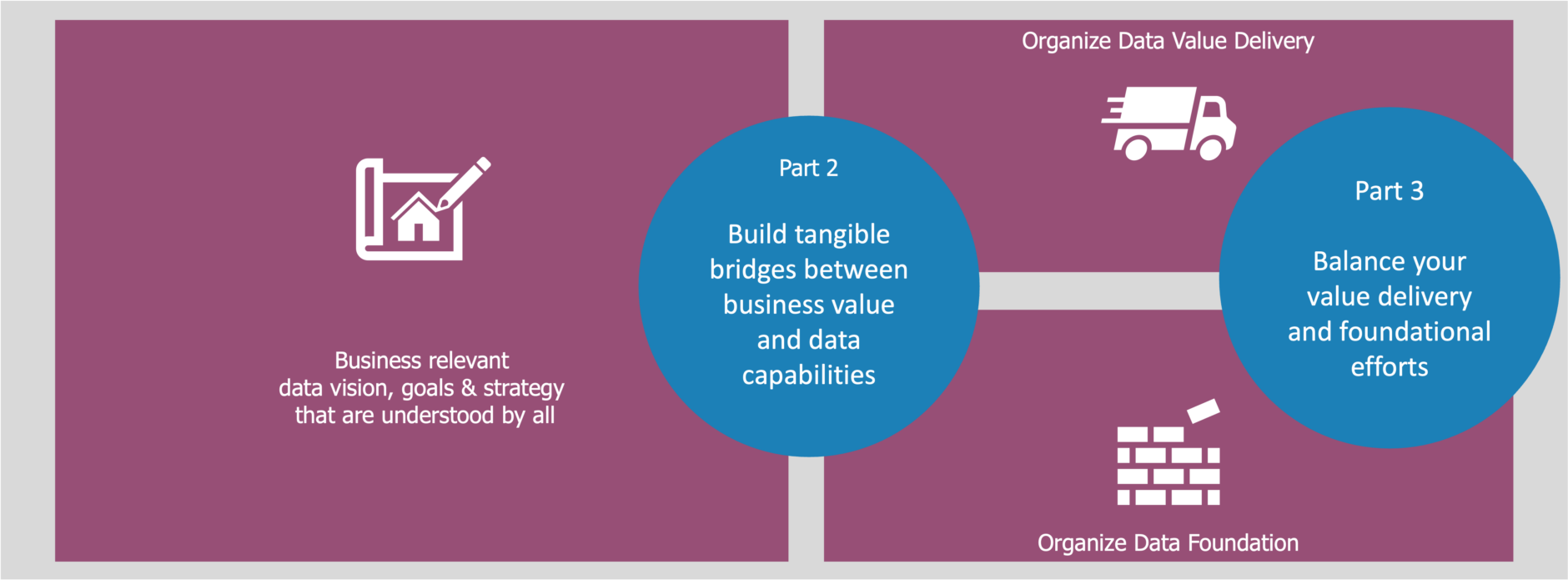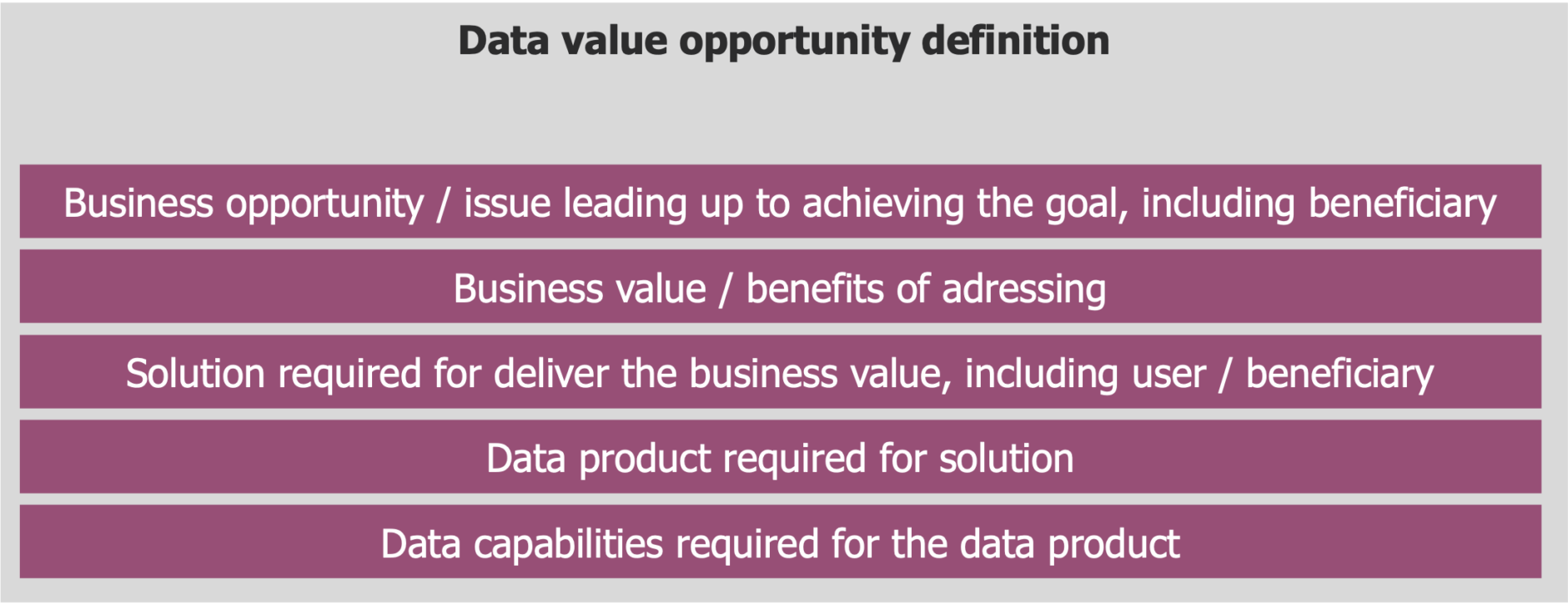Throwing a clump of earth into the reed
Focus on data value opportunities
In this short blog series we share approaches on how to get business and data people to better understand each other and jointly create value. In this second of three parts, we focus on the theme of building bridges between business value and data capabilities.

Data visions, goals and strategies can sometimes be perceived as abstract. When things are too abstract, people can find it hard to relate to. Abstract pictures typically do not result in desire. Would a horse run after a carrot if it did not know that carrots were tasty? In the same line of reasoning would a business professional spend time on data quality if this person would not have a clear picture of what he would be missing out on if he would not tackle?
Does a clump of earth entertain your data team?
Unfortunately we quite often encounter situations where the data team ends up pretty much empty handed when engaging with business executives on priorities. The Dutch often use the following expression for this: “Met een kluitje in het riet sturen.” It does not translate very well but something like “send into the reed with a clump of earth” would probably come nearest. The expression comes from the past were shepherds would keep their sheepdogs entertained by throwing a spade of earth into the reed and the dogs would spend a lot of time looking to something they would never find.
In order to avoid wasting your time searching for earth in reed and make your Data to Value initiatives successful you need to really spend time with your business users and executives to jointly substantiate the opportunities to create value with data. Jointly spelling out what data products are required, how these will be used and coming up with a concise narrative on what value is created with that is crucial. Do not settle for examples and drive for clear definitions. Anderson MacGyver uses the framework below.

Drive for explicit definitions and prioritization
At first glance it might seem somewhat elaborate but you will find being thorough in your rational from business goals all they way through to required data capabilities will prove to be a crucial bridge for a focused effort towards business value through data.
Be sure to prioritize data value opportunities and do not accept statements that “everything” is important as you will fail to deliver “everything.” Be clear about the need to shake hands on what needs to done with highest priority for business success. Only through crossing the chasm from “could do” to “should do” to “need to do” you achieve commitment. Commitment not only for actually using data products, but also commitment to jointly address any enabling factors; which often boils down to improving the organization’s Data Foundation.
Speak up and dare to call out foundational challenges
Building on this commitment, explicitly spell out the requirements for being able to deliver the prioritized data products. It may not win you the popularity prize short term but data professionals are not magicians and business contribution is inevitable for impactful and sustainable data to value. Do not be afraid of explaining in simple business terms the impact that, for instance an incomplete data set, will have on the usability of the data product that your stakeholders have committed to really needing for their success. Do always present in the context of the why; the earlier agreed business priorities.
This is not an easy conversation; people rather hear the good news. With the explicit narrative with the link between business value and data capability, you should have more fertile soil to address the unpopular dirty details on the foundational changes that are necessary and even more awkward, address the need for a company-wide contribution to addressing these foundational changes.
Having said this, do keep in mind that the appetite for business results needs to be continually addressed. Do not use the understanding around the need for foundational improvements to disappear and work only under the hood. We discuss this topic in the third, and last, part of this blog series: Focus on the tap and on the plumbing.
Missed the first blog? Jump here to the right page: Did we just meet the modern day Don Quixote?

 Your digital ambitions
Your digital ambitions  Your digital ambitions
Your digital ambitions